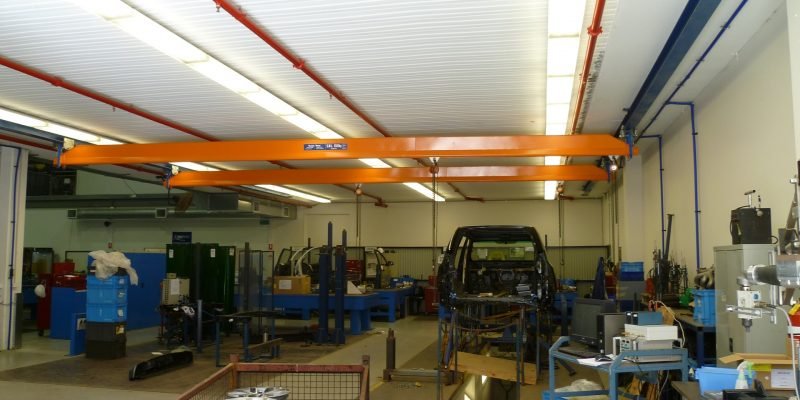There’s no room for extraneous parts in a crane or hoist. The design principles in these mechanisms depends on balance and smooth mechanical motion, on Newtonian forces that delight in minimal profiles. This is why the designs behind today’s cutting-edge cranes gravitate toward ergonomic principles. Every square centimetre of a design has a tiny effect on lift and transport cycles. Ergonomic design delivers straightforward operation to the designated worker, but, more than this, it strips the equipment to the core, keeping the machine streamlined. The only components that tend to add fractional amounts of excess parts are necessary ones, parts that relate to the safe usage of the equipment across the workshop floor.
Weight-to-mass ratio is a primary blueprint consideration to account for when first touching design pen to draughting paper. This is where energy output and lifting capacities are incorporated into the structure. Ergonomics rises to the occasion here by keeping the crane material and profile strong of material and potent in lifting capacity, but these factors are weighed against energy conservation needs, against keeping the design trim and spartan so that every job can be accomplished through minimal energy expenditure.
The practice expands beyond the design specifications of the crane. Anti-jamming runways with smooth surfaces ensure the body of a workshop crane moves without effort. The design is sealed from the harsh environment, from the dirt and dust that would compromise delicate gearing mechanisms. Simultaneously maintenance-friendly, the crane also offers maintenance points and easy to dismantle case lips that can be opened should the gears ever lock up. The design is virtually maintenance-free but real world scenarios dictate that these access points are added to the frame just in case Murphy’s Law ever stops by for a visit.
As the operational parameters of a crane or hoist are determined by its lifting prowess and the ability of the crane station to maneuver around its coverage area, ergonomics becomes a prime component in this movement model. Lifting capacities are tailor-matched to the products within the workspace and design flexibility adds room for growth should factory management project expansion. The ceiling-mounted runways are incorporated into the workflow of the factory, thus maximizing productivity by keeping floor space coverage consistent. The flexibility of our pivotal bridge crane design really comes to the fore in this latter case.
Some Basic Ergonomic Considerations for Cranes and Hoists:
- Considering whether the operator sits or stands
- Efficient routing of cranes between workstations
- Suitability of the design for repetitious work or custom tasks
- A design that incorporates ergonomic features for minimizing fatigue injuries. Wrist and back injuries are common in factories
Consider these points when configuring a crane that balances worker comfort and productivity maximization.


